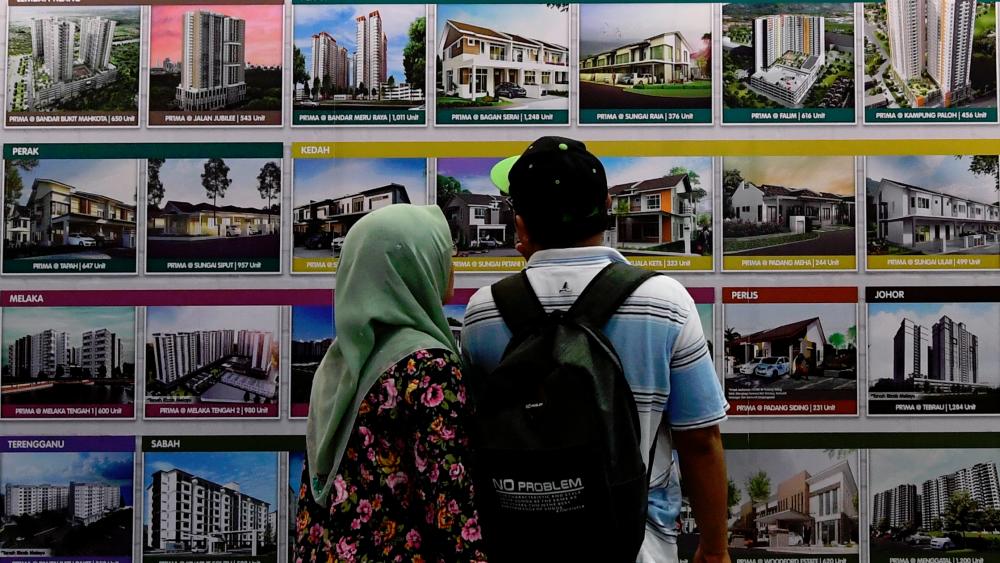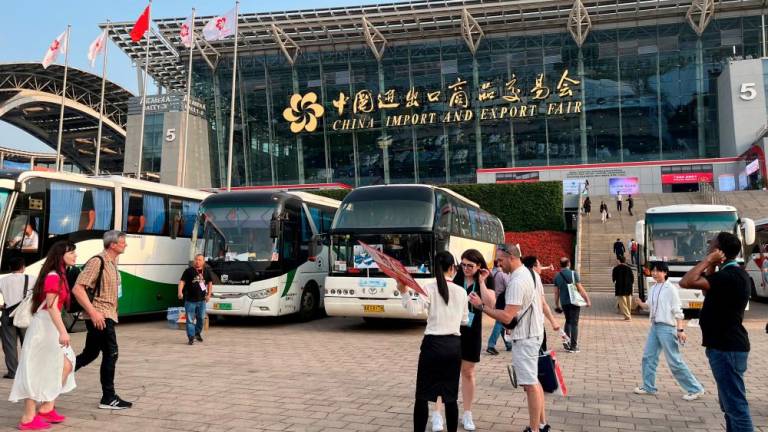PETALING JAYA: Despite a drop on a year-on-year basis, the PropertyGuru Market Index saw a 0.8% increase to 86.2 in the second quarter (Q2) of 2019 from 85.4 in Q1 2019.
PropertyGuru Malaysia country manager Sheldon Fernandez said improved purchasing sentiment was due to initiatives such as the Home Ownership Campaign, stamp duty exemptions and Bank Negara Malaysia’s downward revision of its Overnight Policy Rate to 3%.
“These factors also contributed to upward ticks in asking prices for Kuala Lumpur, Penang and Selangor. However, they were not enough to overcome downward pressures in Johor, including a proposed ban on property sales to foreigners for selected projects in Q3 2018,” he said in a statement today.
Malaysia recorded a property overhang of 53,078 units as of Q1 2019 including 32,936 residential units worth RM19.9 billion.
Jones Lang Wootton executive director Prem Kumar said the key economic drivers of the market, such as supply and demand, do not appear to have achieved a clear-cut equilibrium. There are still gaps which are obvious and need to be plugged before a more definitive direction of the market can be achieved.
“Property developers have taken heed, especially in terms of the profile of market demand, and this recognition of the change in market dynamics will ultimately be the main thrust towards effective stabilisation of the real estate residential market,” he added.
The Kuala Lumpur (KL) market index registered a 0.8% quarter-on-quarter increase in asking prices in Q2 2019. However, it has been trending downward from the long-term perspective.
According to PropertyGuru, the wider downturn is attributed to the ongoing mismatch between property supply and demand, with affordable properties in demand but luxury projects being launched and in the pipeline.
In general, home seekers are looking for properties below RM500,000 in Klang Valley.
Meanwhile, sentiment is more positive moving out from the city centre, as Q2 2019 marked Selangor’s third consecutive quarter in which asking prices have risen.
“A year-on-year increase in supply from Q2 2018 to Q2 2019 of 42% was seen this term, reflecting that sellers are more confident in the market as demand picks up from previous terms,” said Fernandez.
Asking prices have been more volatile in Penang, with its index showing a steady decline from Q1 2016 to Q4 2017.
However, the Penang market has remained resilient since Q4 2018, as its index grew 0.2% from 92.8 in Q1 2019 to 93.0 in the second quarter. Oversupply is less of a concern than in metropolitan areas further south, with a 28% increase in supply registered during the term.
“The appetite for affordable-ranged properties continues, with units below RM250,000 continuously in demand. The state government is increasing its efforts to meet these calls,” said Fernandez.
Johor is the only state with an upward growth trajectory since 2015, ending with a 0.5% quarter-on-quarter downturn in Q2 2019.
Its long-term expansion can be attributed to consistent and heavy investment in the Iskandar Malaysia economic corridor, which is reflected in the state’s 118% increase in supply volume in the second quarter.
Residential properties in Kuala Lumpur, Penang, Selangor and Johor accounted for 75% of new applications for housing loans.













